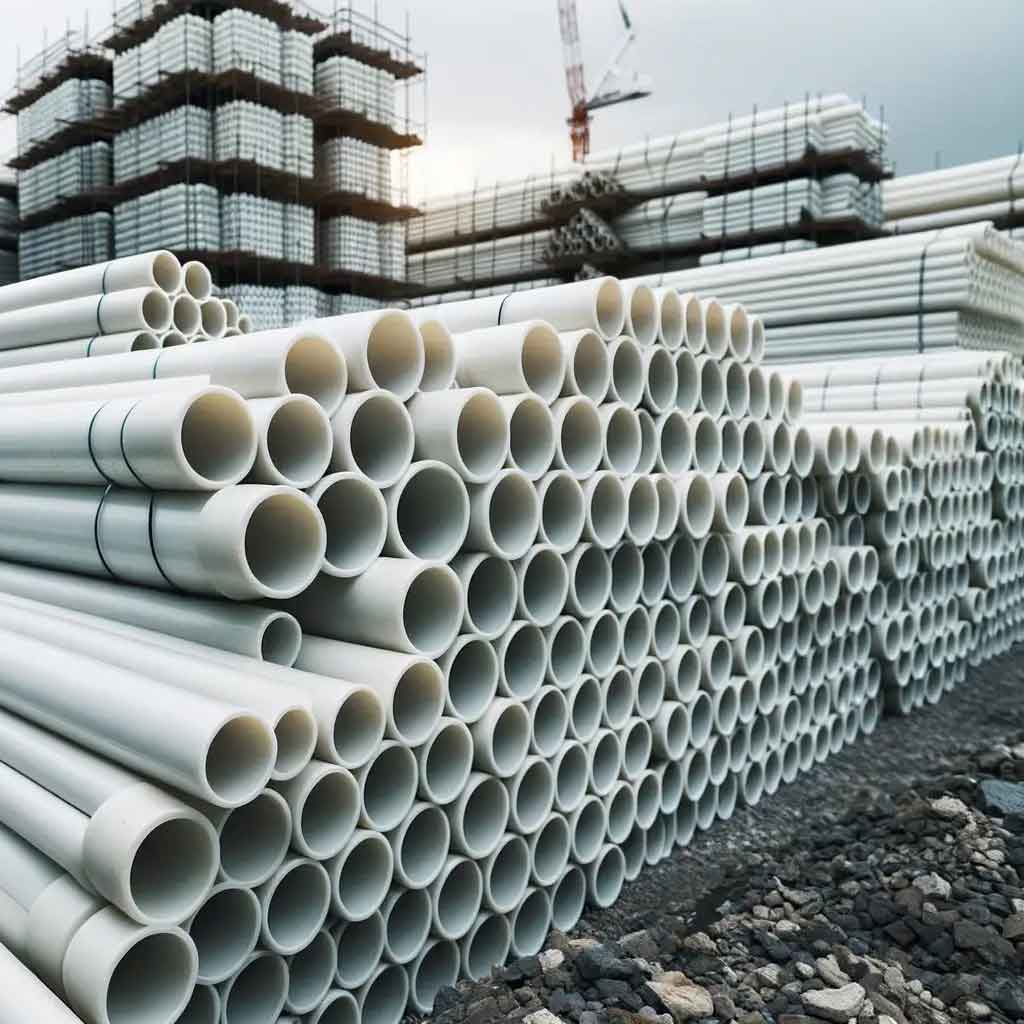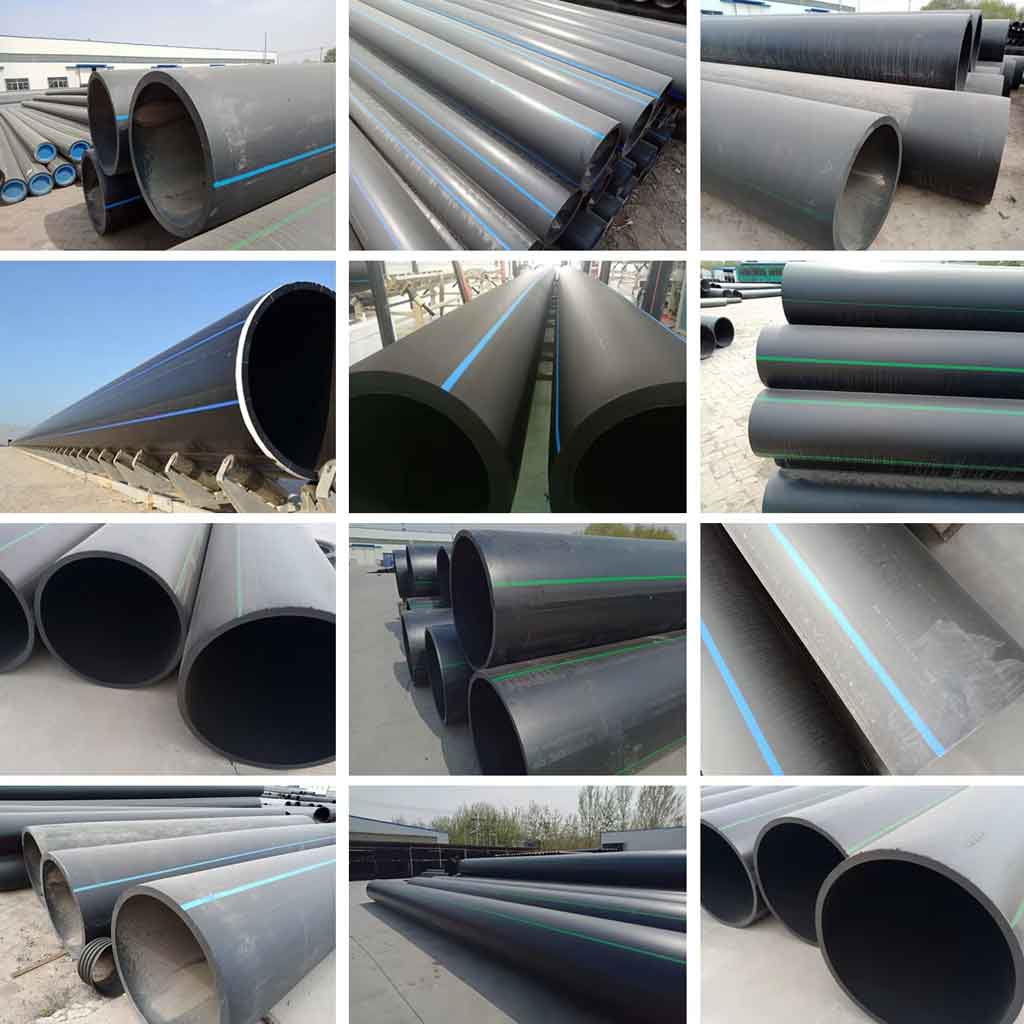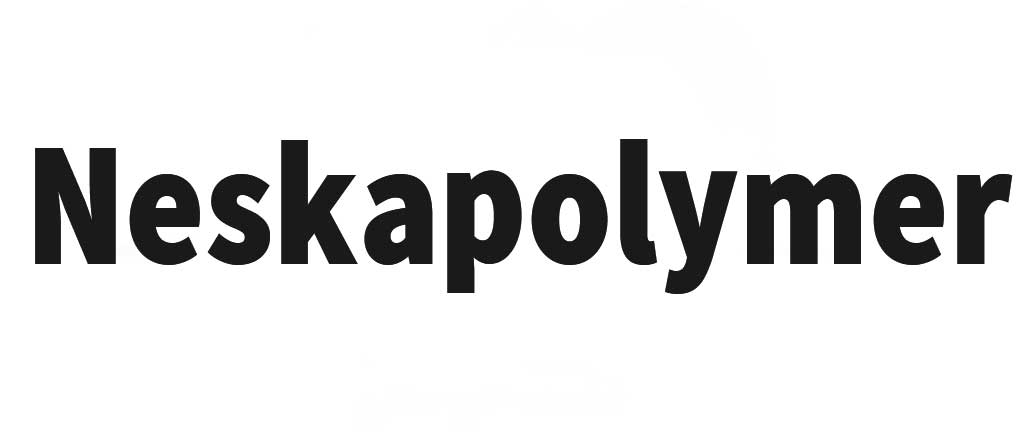
Polyethylene (PE) Pipe: A Comprehensive Guide for Modern Infrastructure and Industrial Applications
Introduction: A Reliable Choice for Global Infrastructure
In today’s rapidly evolving infrastructure landscape, the choice of piping material plays a decisive role in the efficiency, durability, and cost-effectiveness of projects. From urban water supply systems to natural gas networks and petrochemical industries, stakeholders are increasingly seeking solutions that combine long-term performance with economic sustainability.
Among the available options, Polyethylene (PE) Pipe has emerged as a global standard, widely recognized for its flexibility, resistance to corrosion, lightweight nature, and extended lifespan. Over the past decades, PE pipes have transformed into a strategic component of modern engineering, enabling reliable, leak-free, and low-maintenance piping systems across diverse industries.
This article provides a clear and practical overview of polyethylene pipes—from their molecular structure and types, to manufacturing processes, advantages, limitations, and widespread applications—serving as a valuable reference for engineers, project managers, and industrial decision-makers.
1. Understanding Polyethylene: Structure and Properties
Polyethylene (PE) is a thermoplastic polymer produced by polymerizing the ethylene monomer (C₂H₄). The process forms long hydrocarbon chains, and the degree of chain branching directly affects the density, strength, and flexibility of the material.
This structural versatility allows polyethylene to be engineered into various grades, each optimized for specific applications, from potable water supply to demanding industrial environments.
2. Types of Polyethylene Pipe
By Density
- HDPE (High-Density Polyethylene): Highly crystalline with excellent mechanical strength and chemical resistance; widely used in water, wastewater, gas, and mining.
- MDPE (Medium-Density Polyethylene): Offers superior resistance to stress cracking; commonly applied in gas distribution networks.
- LDPE (Low-Density Polyethylene): Highly flexible but lower in strength; mostly used in irrigation and low-pressure systems.
|
Property |
HDPE (High-Density) |
MDPE (Medium-Density) |
LDPE (Low-Density) |
|
Chain Structure |
Mostly Linear, Low Branching |
Branched |
Highly Branched |
|
Density |
High (0.941-0.965 g/cm³) |
Medium (0.926-0.940 g/cm³) |
Low (0.910-0.925 g/cm³) |
|
Hardness & Tensile Strength |
High |
Medium |
Low |
|
Flexibility |
Medium |
Good |
Very High |
|
Primary Pipe Application |
Water, Sewer, Gas, Industrial |
Gas Distribution |
Drip Irrigation |

By Material Grade (MRS – Minimum Required Strength)
- PE63: Outdated, rarely produced today.
- PE80: Higher strength, lighter than PE63.
- PE100: The industry benchmark today; enables thinner walls, reduced weight, increased flow capacity, and exceptional resistance to crack growth.
3. Manufacturing Process of PE Pipes
Polyethylene pipes are manufactured through extrusion, a continuous and precise process that ensures consistent quality.
- Raw Material Feeding: HDPE PE100 granules mixed with carbon black masterbatch for UV protection.
- Melting & Mixing: The granules are melted into a homogeneous mass in the extruder.
- Shaping: The molten material is passed through a die to form the pipe.
- Cooling & Calibration: The pipe is cooled in vacuum and water baths while maintaining dimensional accuracy.
- Marking & Cutting: Technical specifications (size, pressure rating, standards) are printed, and the pipe is cut or coiled as required.
4. Advantages of Polyethylene Pipes
- Complete Corrosion Resistance: No rust, coatings, or cathodic protection required.
- Flexibility: Can accommodate ground movements, ideal for earthquake-prone regions.
- Leak-Free Joints: Thermal fusion methods ensure monolithic, fully sealed connections.
- Extended Lifespan: Properly installed PE systems last 50–100 years.
- Smooth Internal Surface: Reduced friction losses, lower pumping costs, and no scaling.
- Lightweight: Easier transport, handling, and installation.
- Chemical & Abrasion Resistance: Excellent performance in mining and petrochemical applications.
5. Limitations to Consider
- UV Sensitivity: Requires carbon black additives for outdoor use.
- Temperature Limits: Not suitable for continuous use above 60°C.
- High Thermal Expansion: Requires careful design for above-ground installations.
- Lower Mechanical Strength than Steel: Steel may be preferred for extreme pressures.
6. Selecting the Right PE Pipe
Choosing the correct polyethylene pipe requires alignment with project conditions:
- Operating Pressure (PN Ratings): Ensure compatibility with system pressure.
- Fluid Type: Water, sewage, gas, or chemicals.
- Temperature: Both ambient and fluid conditions must be factored in.
- Installation Conditions: Buried vs. above-ground applications.
- Project Lifespan: PE100 pipes guarantee long service life.
International Standards
- ISO 4427 / EN 12201 – Water supply.
- ISO 4437 / EN 1555 – Gas distribution.
- DIN 8074/8075 – German standards.
- ASTM D3035 – American standard.
7. Industrial Applications of PE Pipes
- Urban & Rural Water Supply: Hygienic, leak-free, and resistant to corrosion.
- Sewage & Drainage Systems: Resistant to aggressive gases like H₂S, with watertight joints.
- Agriculture & Irrigation: Lightweight, UV-resistant, and ideal for drip and sprinkler systems.
- Gas Distribution: Safe, reliable, and corrosion-resistant.
- Oil, Petrochemical & Mining: Resistant to abrasive slurries and chemicals.
- Cable Protection: Serves as durable ducts for fiber optic and power cables.
8. Installation and Jointing Methods
Thermal Fusion
- Butt Fusion: Strong, uniform joints for large diameters.
- Electrofusion: Reliable connections in confined spaces.
Mechanical Fittings
- Compression Fittings: Easy for smaller diameters.
- Flanges: Connect PE pipes to pumps, valves, or steel pipelines.
9. Comparing PE Pipes with Alternatives
|
Feature |
Polyethylene Pipe |
Metal Pipe (Steel/Iron) |
|
Corrosion Resistance |
Excellent (No coating needed) |
Poor (Requires coatings & cathodic protection) |
|
Weight |
Very Lightweight |
Heavy |
|
Flexibility |
High (Resistant to earthquakes) |
Rigid and Brittle |
|
Installation & Handling |
Easy and Fast |
Complex, requires heavy machinery |
|
Joints |
Monolithic and Leak-Free |
Prone to leakage (mechanical joints) |
|
Service Life |
+50 to 100 Years |
15 to 30 Years (depending on corrosion) |
|
Maintenance Cost |
Very Low (Near zero) |
High (Coating repairs, leak fixing) |
- Versus PVC: PE pipes are tougher, more flexible, and offer superior joint integrity.
- Versus Steel: Lower installation and maintenance costs, corrosion-free.
👉 Life Cycle Cost (LCC): Despite higher initial cost in some cases, PE pipes deliver significant savings over time through reduced maintenance and energy efficiency.
10. Future Trends and Sustainability
- PE100-RC Grades: Enhanced crack resistance for trenchless installation.
- Multilayer Pipes: Tailored for chemical resistance and durability.
- Smart Pipes: Embedded sensors for real-time monitoring.
- Sustainability: 100% recyclable, long lifespan, reduced resource consumption.
Conclusion: A Smart Investment for Global Projects
Polyethylene (PE) pipes represent more than just a piping material—they are an engineering solution designed to meet the demands of durability, cost-efficiency, and sustainability.
Their unmatched reliability, proven performance, and compliance with international standards make PE pipes a strategic investment for infrastructure projects worldwide. For industries aiming to balance performance with environmental responsibility, polyethylene pipes stand out as the backbone of sustainable infrastructure for the future.

هیچ دیدگاهی برای این مطلب ثبت نشده است.